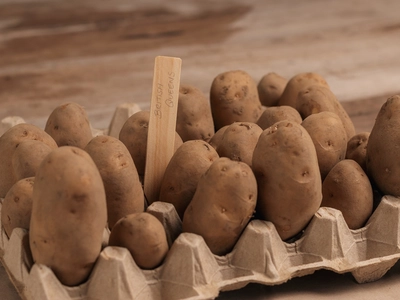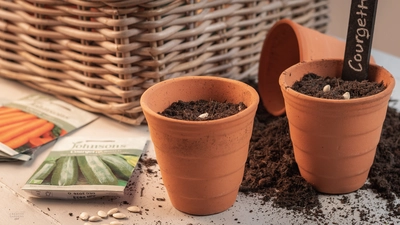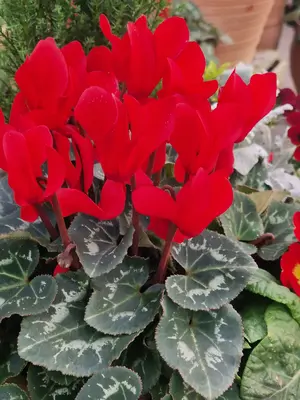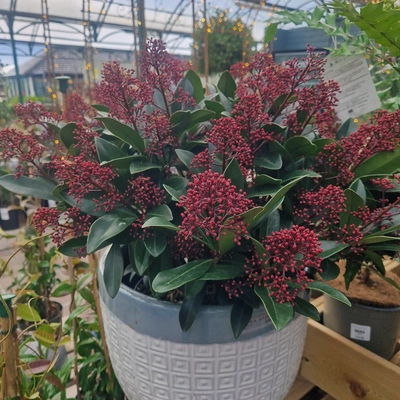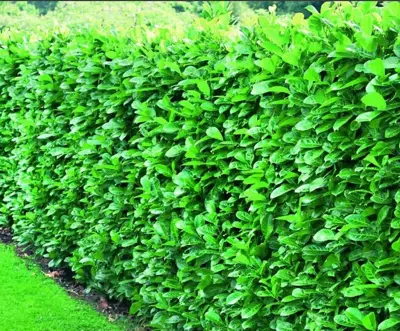
Planting bare-root hedging is a great way to add privacy and beauty to your garden. With a few simple tools and the right techniques, you can successfully plant bare-root hedging and enjoy its benefits for years to come.
Bare-root Hedging at Creative Gardens
The right hedging will finish the look to any garden. A wide range of hedging plants including Fagus Sylvatica, Green Beech Hedging, Copper Beech Hedging, Prunus Laurel Hedging, Whitethorn Hedging and many more. Creative Gardens offers gardening advice from our team of professional and expert horticulturists on site. Discover our range of bare root hedging available.
What do you need to plant bare-root hedging?
- Bare-root hedge plants
- Garden spade or shovel
- String line or spirit level
- Organic compost or well-rotted manure
- Bone meal or slow-release fertiliser
When to plant bare-root hedging?
The best time to plant bare-root hedging is in the winter or early spring, when the plants are dormant. Avoid planting during very hot weather or when the soil is waterlogged, as this can stress the plants and slow down their growth.
Follow these steps when planting bare-root hedging and be ensured of a firm and green hedge come summertime.
- Choose a location for your hedge that gets adequate sun and is away from any structures or pipes.
- Measure the length of your hedge and mark it with a string line or spirit level.
- Dig a trench that is deep enough to accommodate the roots of your plants, and wide enough to allow for some root growth.
Tip: Dig a V-shape trench, deep enough to comfortably accommodate the roots. Make sure your soil has good drainage and isn't prone to waterlogging. Add horticultural grit if necessary. Space your hedging plants so that there are roughly three to seven plants per metre, allowing enough space to keep roots from touching. - Spread a layer of organic compost or well-rotted manure in the bottom of the trench, and mix it with the soil.
- Plant your bare-root hedging plants at regular intervals along the trench, ensuring that they are spaced evenly and straight.
- Fill in the soil around the roots, gently firming it down as you go.
- Apply a layer of mulch to the top of the soil, to help retain moisture and suppress weeds.
- Water your new hedge thoroughly, to help settle the soil around the roots.
- Feed your new hedge with bone meal or slow-release fertiliser, to encourage healthy growth.
Planting bare-root hedging is a simple and cost-effective way to add privacy and beauty to your garden. By following these steps, you can successfully plant your new hedge and enjoy its benefits for years to come. Not sure how to proceed? Contact our experts at Creative Gardens. We are here to help you out!

